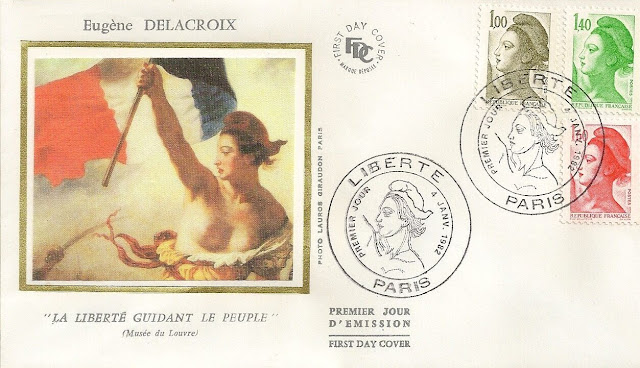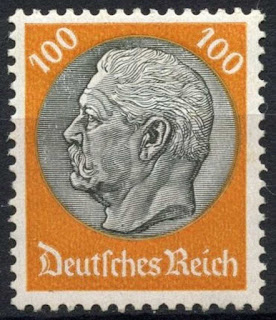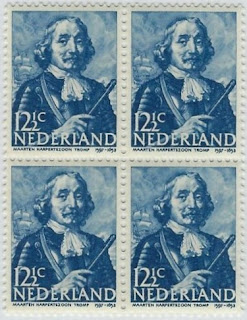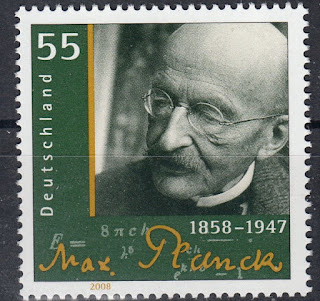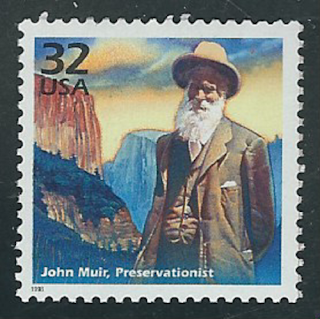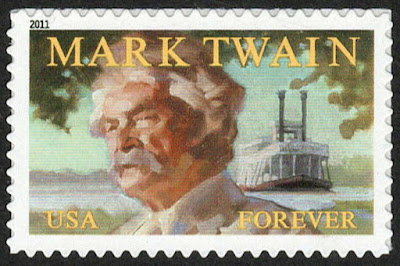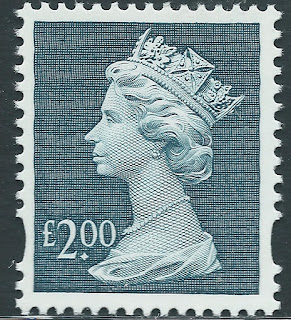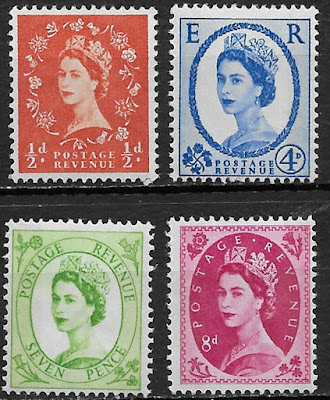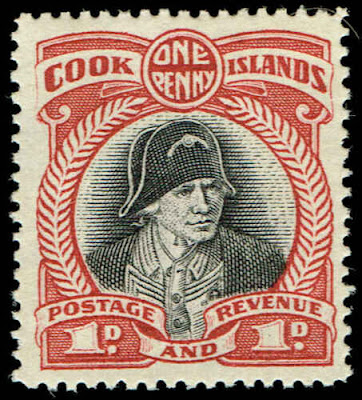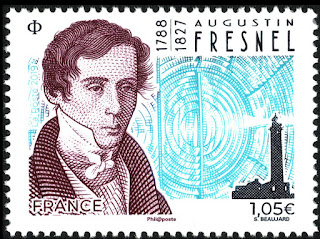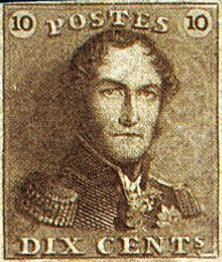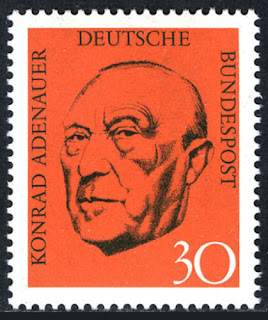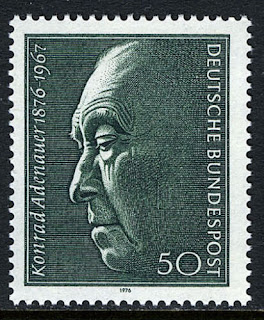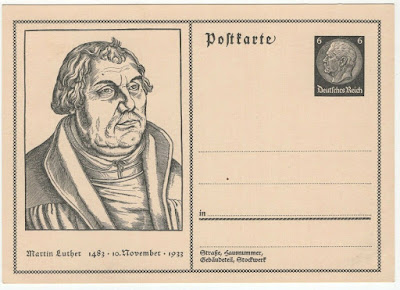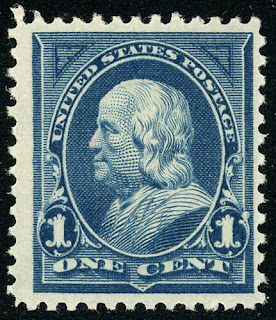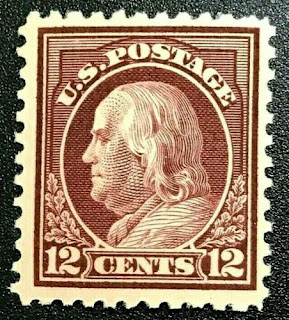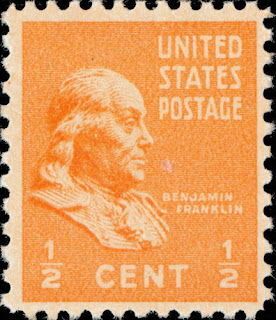Here are some events that happened on April 26th. It could be an event or a person that died or was born on that day
1798 Born: Eugène Delacroix, French painter and lithographer (d. 1863)
Norwegian stamps depicting Bjørnstjerne Bjørnson
1925 – Paul von Hindenburg defeats Wilhelm Marx in the second round of the German presidential election to become the first directly elected head of state of the Weimar Republic.
Paul Ludwig Hans Anton von Beneckendorff und von Hindenburg, known simply as Paul von Hindenburg (2 October 1847 – 2 August 1934), was a German general and statesman who commanded the Imperial German Army during World War I and later became President of Germany, serving from 1925 until his death in 1934, during the Weimar Republic. He played a key role in the Nazi Machtergreifung in January 1933 when, under pressure from advisers, he appointed Adolf Hitler chancellor of a "Government of National Concentration", even though the Nazis were a minority in both the cabinet and the Reichstag.
Born to a family of minor Prussian nobility, Hindenburg joined the Prussian army in 1866 where he thereafter saw combat during the Austro-Prussian War and the Franco-Prussian conflict. He retired with the rank of General of the Infantry in 1911, but was recalled to military service at the age of 66 following the outbreak of World War I in July 1914. On August 1914, he received nationwide attention as the victor of the Battle of Tannenberg. Upon later being named Chief of the General Staff in 1916, his popularity among the German public exponentially increased to the point of giving rise to an enormous personality cult. As Kaiser Wilhelm II increasingly delegated his power as Supreme Warlord to the Army High Command, Hindenburg and his deputy, General Erich Ludendorff, ultimately established a military dictatorship that controlled Germany for the rest of the war.
Hindenburg retired again in 1919, but returned to public life in 1925 to be elected the second President of Germany. In 1932, he was persuaded to run for re-election even though he was 84 years old and in poor health, because he was considered the only candidate who could defeat Hitler. Hindenburg was re-elected in a runoff. He was opposed to Hitler and was a major player in the increasing political instability in the Weimar Republic that ended with Hitler's rise to power. He dissolved the Reichstag twice in 1932 and finally agreed to appoint Hitler Chancellor of Germany in January 1933. Hindenburg did this to satisfy Hitler's demands that he should play a part in the Weimar government, for Hitler was the leader of the Nazi party, which had won a plurality in the November 1932 elections (no party achieved a majority). In February he approved the Reichstag Fire Decree, which suspended various civil liberties, and in March he signed the Enabling Act of 1933, which gave Hitler's regime arbitrary powers. Hindenburg died the following year, after which Hitler declared himself Führer und Reichskanzler, or Supreme Leader and Chancellor, which superseded both the President and Chancellor.
Mourning issue.. See also Mourning stamps with black perforation
1984 Died: Count Basie, American pianist, composer, and bandleader (b. 1904)
William James "Count" Basie (August 21, 1904 – April 26, 1984) was an American jazz pianist, organist, bandleader, and composer. In 1935, Basie formed his own jazz orchestra, the Count Basie Orchestra, and in 1936 took them to Chicago for a long engagement and their first recording. He led the group for almost 50 years, creating innovations like the use of two "split" tenor saxophones, emphasizing the rhythm section, riffing with a big band, using arrangers to broaden their sound, and others. Many musicians came to prominence under his direction, including the tenor saxophonists Lester Young and Herschel Evans, the guitarist Freddie Green, trumpeters Buck Clayton and Harry "Sweets" Edison, plunger trombonist Al Grey, and singers Jimmy Rushing, Helen Humes, Thelma Carpenter, and Joe Williams.
US stamps depicting Count Basie
1989 Died: Lucille Ball, American model, actress, comedian, and producer (b. 1911)
Lucille Désirée Ball (August 6, 1911 – April 26, 1989) was an American actress, comedian, model, studio executive and producer. As one of Hollywood’s greatest icons, and arguably the most iconic female entertainer of all time, she was the star and producer of sitcoms I Love Lucy, The Lucy Show, Here's Lucy, as well as comedy television specials aired under the title The Lucy-Desi Comedy Hour. She is also the first female head of a major Hollywood studio, Desilu Productions, which she also owned.
Ball's career began in 1929 when she landed work as a model. Shortly thereafter, she began her performing career on Broadway using the stage name Diane (or Dianne) Belmont. She later appeared in several minor film roles in the 1930s and 1940s as a contract player for RKO Radio Pictures, being cast as a chorus girl or in similar roles. During this time, she met Cuban bandleader Desi Arnaz, and the two eloped in November 1940. In the 1950s, Ball ventured into television. In 1951, she and Arnaz created the sitcom I Love Lucy, a series that became one of the most beloved programs in television history. The same year, Ball gave birth to their first child, Lucie Arnaz, followed by Desi Arnaz Jr. in 1953. Ball and Arnaz divorced in May 1960, and she married comedian Gary Morton in 1961.
Following the end of I Love Lucy, Ball produced and starred in the Broadway musical Wildcat from 1960 to 1961. The show received lukewarm reviews and had to be closed when Ball became ill for several weeks. After Wildcat, Ball reunited with I Love Lucy co-star Vivian Vance for The Lucy Show, which Vance left in 1965. The show continued, with Ball's longtime friend and series regular Gale Gordon, until 1968. Ball immediately began appearing in a new series, Here's Lucy, with Gordon, frequent show guest Mary Jane Croft, and Lucie and Desi Jr.; this program ran until 1974.
In 1962, Ball became the first woman to run a major television studio, Desilu Productions, which produced many popular television series, including Mission: Impossible and Star Trek. Ball did not retire from acting completely, and in 1985, she took on a dramatic role in the television film Stone Pillow. The next year she starred in Life with Lucy, which was, unlike her other sitcoms, not well-received; the show was cancelled after three months. She appeared in film and television roles for the rest of her career until her death in April 1989 from an abdominal aortic aneurysm at the age of 77.
Ball was nominated for 13 Primetime Emmy Awards, winning four times. In 1960, she received two stars for her work in film and television on the Hollywood Walk of Fame. In 1977, Ball was among the first recipients of the Women in Film Crystal Award. She was also the recipient of the Golden Globe Cecil B. DeMille Award in 1979, was inducted into the Television Hall of Fame in 1984, received the Lifetime Achievement Award from the Kennedy Center Honors in 1986, and the Governors Award from the Academy of Television Arts & Sciences in 1989.
US stamps depicting Lucille Ball
